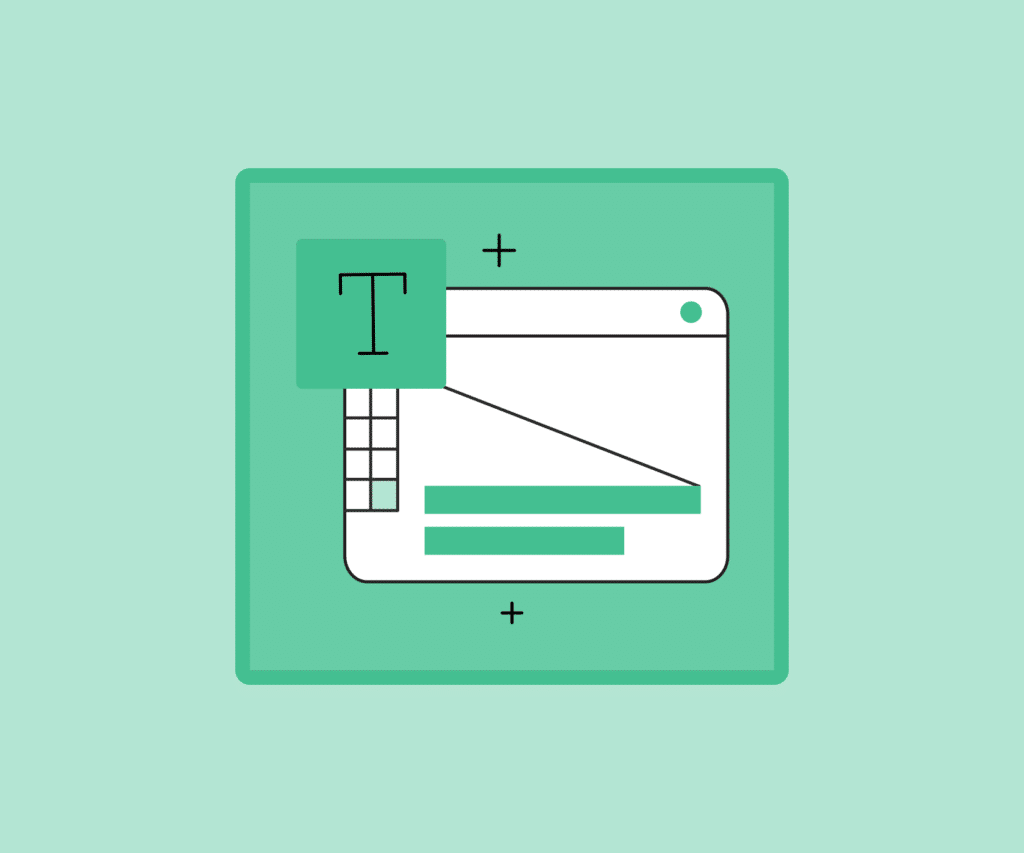Your Guide to Getting a Budget for Your E-Learning Project
Master e-learning budget planning with our four-part guide. Learn to identify needs, secure funding, and manage resources effectively throughout your project.

Smart budget planning creates better learning experiences
Getting the money you need for e-learning isn’t just about asking for more cash. It’s about planning smart and showing why your project matters. Even the most creative course builders struggle when they don’t have the right resources to work with.
Creating effective e-learning requires both instructional design expertise and budget savvy. This comprehensive guide will transform how you approach project funding—helping you plan strategically, secure appropriate resources, and manage your budget effectively throughout the entire project lifecycle. The result? Higher-quality training that delivers real business value without unnecessary costs or compromises.
This comprehensive guide breaks down the e-learning budget process into four manageable parts. Each section below links to a detailed article that walks you through a specific aspect of budget planning and management.
Your roadmap to e-learning budget success
The Essential Budget Categories For E-Learning Projects
What you’ll learn: The five core budget areas every e-learning project needs to consider, what to include in each category, and smart ways to save money without sacrificing quality.
This foundation article helps you understand the building blocks of any effective e-learning budget, including development tools, media assets, external expertise, technical implementation, and project contingency. You’ll discover what belongs in each category, why each area matters to your project’s success, and practical ways to reduce costs without compromising quality. Whether you’re planning your first e-learning project or looking to optimize your approach, this article provides a comprehensive budget framework.
Click The Essential Budget Categories to learn how to build your budget on a solid foundation.
Four Steps To Figure Out What Your E-Learning Project Needs
What you’ll learn: A practical, four-step process to accurately determine your project’s true requirements before making any budget requests.
This article guides you through reviewing past projects, getting real vendor quotes, considering project complexity factors, and properly accounting for internal resources. You’ll learn specific techniques for researching costs, adjusting estimates based on project variables, and avoiding the common mistakes that lead to budget shortfalls. The article also explains how to recognize warning signs that your estimates might be off and how to document your findings to strengthen your budget request.
Click Four Steps To Figure Out What Your Project Needs to master the research process that leads to accurate budget estimates.
Winning Strategies To Get Your E-Learning Budget Approved
What you’ll learn: Four proven approaches to secure funding for your projects, even in organizations with tight resources or limited training funds.
This tactical guide shows you how to build a compelling business case, offer tiered options that give stakeholders choices, prove value through small successful projects, and find creative alternatives when traditional funding isn’t available. You’ll get practical templates and examples for presenting your budget request, techniques for addressing common objections, and tips for speaking the language of different stakeholders. The article also helps you identify which strategy will work best in your specific organizational context.
Click Winning Strategies To Get Your Budget Approved to discover how to turn budget requests into approvals.
How To Manage Your E-Learning Budget Throughout The Project
What you’ll learn: Best practices for budget management at each project stage, from planning through evaluation, with early warning signs of potential problems.
This practical article walks you through the entire project lifecycle, showing you how to track expenses, communicate changes, document value delivered, and evaluate ROI. You’ll learn specific techniques for monitoring spending, making mid-course corrections, managing stakeholder expectations around budget, and capturing data that strengthens future budget requests. The article also identifies warning signs that budget problems might be developing and gives you practical steps to address them before they impact your project.
Click How To Manage Your Budget Throughout The Project to ensure your project stays on budget from start to finish.
Key takeaways: Effective budgeting is a crucial instructional design skill
Smart budget planning and management are essential skills for creating quality training. By understanding budget categories, determining your true needs, securing appropriate funding, and actively managing resources throughout development, you can deliver effective learning experiences—even with limited funds. These articles provide a complete roadmap to help you master the financial aspects of e-learning project management.
You may also like

What is Sociocultural Theory?
Discover sociocultural theory, explore its core principles, and learn why Vygotsky’s methods became critical to learner success in the classroom and the workplace.

